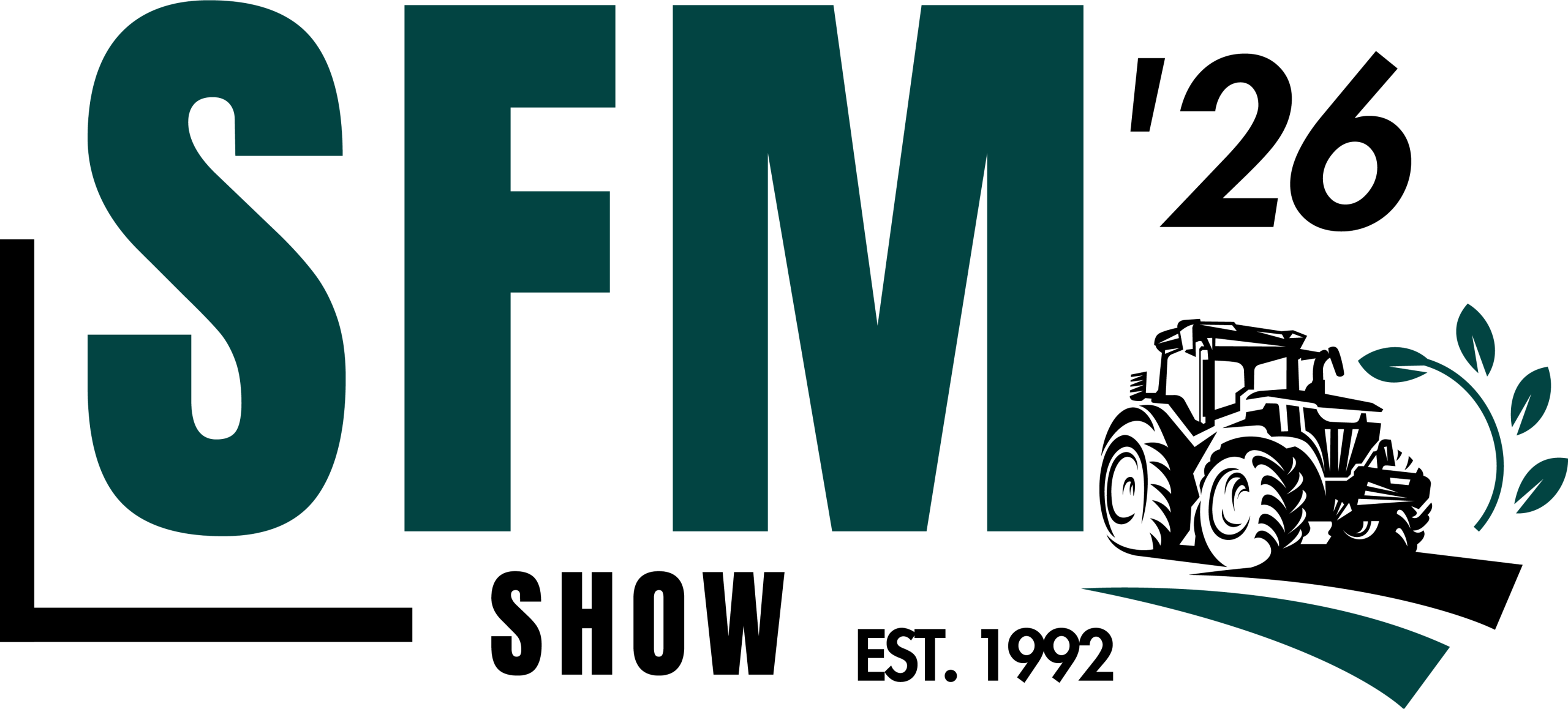Profitable dairy-beef production: What does it take?
As we all know, the national dairy herd is expanding rapidly with over 1.5 million dairy cows in Ireland. Therefore, there is a proportional increase in the number of calves available for rearing and finishing on beef farms.
Speaking at today’s DairyBEEF2019 open day in Johnstown Castle, Teagasc’s Pádraig French outlined which systems work best for profitable dairy-to-beef production.
Teagasc estimates suggest that there will be over 1.1 million beef and dairy-bred calves available from the dairy herd next year, 2020.
This comes as the Irish suckler herd is predicted to decline over the coming years and has already dropped below 0.9 million cows calving in 2018.
Male Holstein-Friesian calves and early maturing (Angus and Hereford) cross-bred calves represent 85% of calves from the dairy herd available for beef production with late-maturing breeds such as Limousin and Belgian Blue accounting for the remainder.
Systems
The table below outlines the outputs and inputs from a range of beef systems from spring-born dairy calves.
While there is a range in profitability between systems, the choice of system on each farm will depend primarily on the resources available, particularly land availability, animal housing and labour.
Padraig said that farmers that finish spring-born calves before the second winter have a high proportion of grass in the diet and are therefore more resilient to external shocks on beef price and concentrate price.
They also have a lower environmental footprint and generally give higher net margins, but require excellent grassland management, good-quality winter forage and high lifetime animal performance to achieve carcasses of adequate market specification.
Padraig also highlighted that bull finishing systems can potentially leave very high margins, but are very exposed to factors outside the control of the farmer such as beef price and concentrate price.
These systems should not be considered without a proper planned finishing system and a secure outlet from a meat processor.
The following table is based on: farm area: 40ha; 200kg N/ha applied in all systems with the exception of 15/16 month FR bulls at 130kg N/ha; milk powder: €2,124/t; concentrate: €257/t; urea: €360/t; CAN: €300/t.
The profitability of systems using beef-cross dairy calves is very dependent on the animals achieving a minimum carcass specification to ensure they qualify for the quality assurance bonus and any breed bonus available.
To ensure this is achieved animals must have the right genetics and be selected for slaughter at an adequately level of finish.








